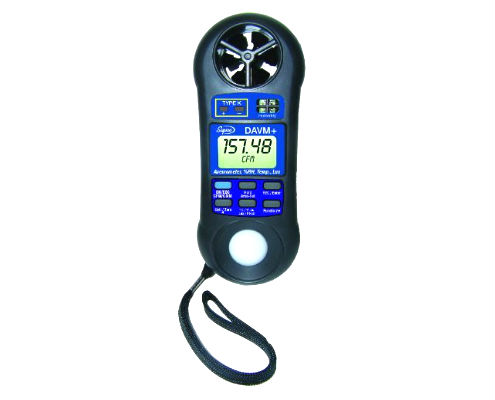

HVAC ANEMOMETER REGISTRATION
If you have any problems with the registration process or your account login, please contact support. We suggest not registering using an AT&T, BellSouth, AOL or Yahoo email address.
HVAC ANEMOMETER FREE
HVAC ANEMOMETER FULL
To gain full access to our forums you must register for a free account. You are currently viewing as a NON-REGISTERED guest which gives you limited access to view discussions

Laser anemometers calculate the wind speed around cars, airplanes, and spacecraft, for instance.

Velocity is the measurement of the rate and direction of change in the position of an object. This type of anemometer is used in velocity experiments. Aerospace engineers and physicists often use laser anemometers. Wind speed helps indicate a change in weather patterns, such as an approaching storm, which is important for pilots, engineers, and climatologists.

Uses of Anemometers Anemometers are used at almost all weather stations, from the frigid Arctic to warm equatorial regions. Other anemometers work by measuring the speed of sound waves or by shining laser beams on tiny particles in the wind and measuring their effect. By comparing the air pressure inside the tube to the air pressure outside the tube, wind speed can be calculated. A tube anemometer measures the air pressure inside a glass tube that is closed at one end. (Air pressure itself is measured by an instrument called a barometer.) A tube anemometer uses air pressure to determine the wind pressure, or speed. Wind speed can also be determined by measuring air pressure. The higher the wind speed, the more power is required to keep the wire at a constant temperature. The amount of power needed to keep the wire hot is used to calculate the wind speed. (That is why a breeze feels refreshing on a hot day.) In a hot-wire anemometer, an electrically heated, thin wire is placed in the wind. A hot-wire anemometer takes advantage of the fact that air cools a heated object when it flows over it. Other anemometers calculate wind speed in different ways. The rod of windmill anemometers rotates horizontally. A similar type of anemometer counts the revolutions made by windmill-style blades. Because wind speeds are not consistent-there are gusts and lulls-wind speed is usually averaged over a short period of time. The anemometer counts the number of rotations, or turns, which is used to calculate wind speed. The stronger the wind blows, the faster the rod spins. As the wind blows, the cups rotate, making the rod spin. The most common type of anemometer has three or four cups attached to horizontal arms. They are also important to the work of physicists, who study the way air moves. Anemometers are important tools for meteorologists, who study weather patterns. An anemometer is an instrument that measures wind speed and wind pressure.


 0 kommentar(er)
0 kommentar(er)
